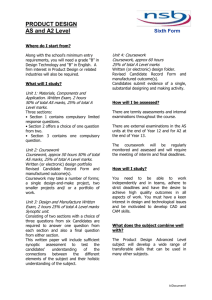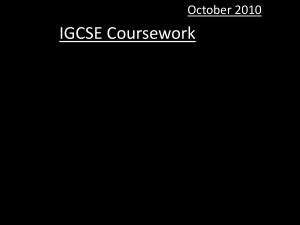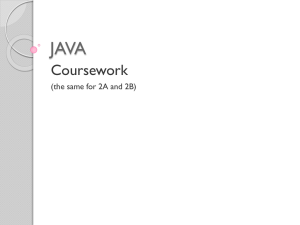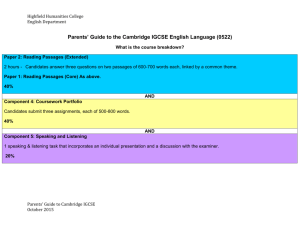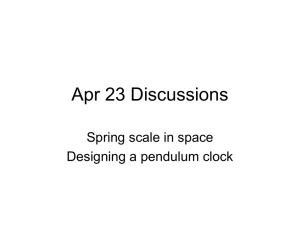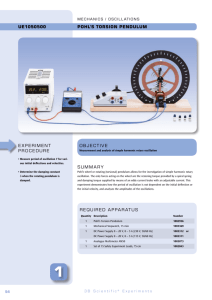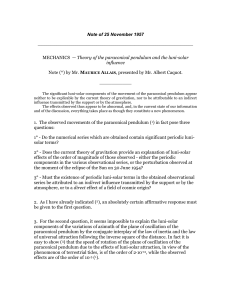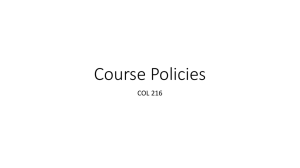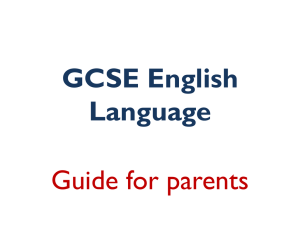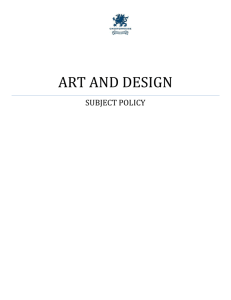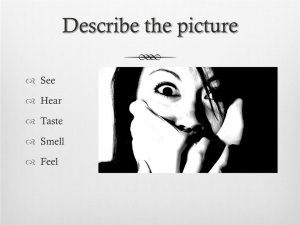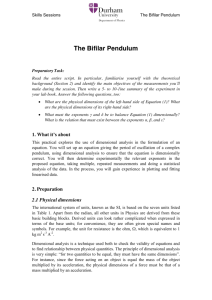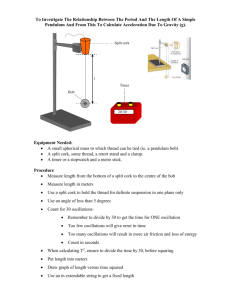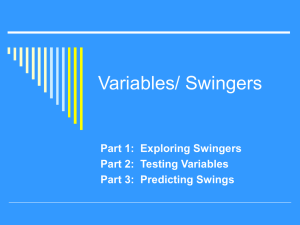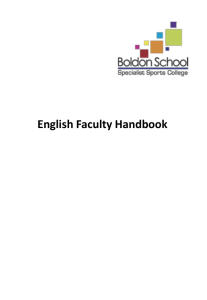Physics coursework
advertisement
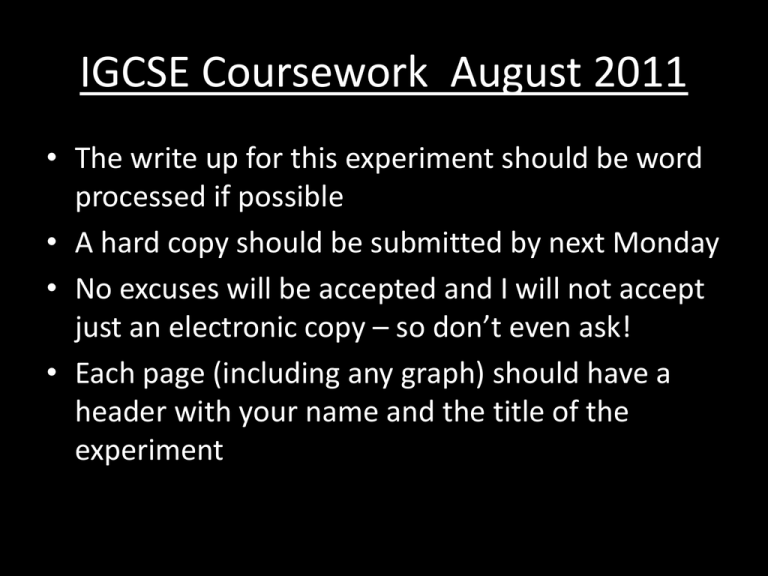
IGCSE Coursework August 2011 • The write up for this experiment should be word processed if possible • A hard copy should be submitted by next Monday • No excuses will be accepted and I will not accept just an electronic copy – so don’t even ask! • Each page (including any graph) should have a header with your name and the title of the experiment Assessment criteria for IGCSE practical assessments The skills assessed are C1 to C4. C1: Using and organising techniques, apparatus and materials C2: Observing, measuring and recording C3: Handling experimental observations and data. C4: Planning, carrying out and evaluating investigations Note: • C1 is for following instructions. • C4 is for planning your own experiment. • You can’t be marked for C1 and C4 on the same piece of coursework Don’t worry . . . • If your marks aren’t great. • Or if you’ve do more coursework in Biology! • All you need are 2 good marks for each category. • You could get this from as few as 4 pieces of work! C1: Using and organising techniques, apparatus and materials 2- Simple one stage instructions for an experiment can be followed. If many instructions for an experiment are given some of it can be followed but help may be given to complete the task. The instructions may be written, oral or from a diagram. The apparatus and materials are used properly however some reminders may be given on safety. 4- Can follow the instructions for an experiment with many stages without help. The apparatus is used properly with no reminders on safety. 6- Can follow the instructions for an experiment with many stages without help and can modify or adjust one step in order to complete the task. The adjustment must be taken as a result of the previous instructions. The apparatus is used properly with no reminders on safety. My observations • This is just for following instructions safely and accurately. • Most people get at least 4 marks. • To get 6, you have to show that you have modified the experiment in some way as you have done it. • EVERYONE should be able to get a 6. C2: Observing, measuring and recording 2- Can make observations or take readings in an experiment when help is given. The data obtained can be recorded in a table when the table is provided in a full form including headings and units. 4-Can make observations and readings in an experiment with only a brief outline of what is expected. The observations can be made without help but accuracy may be lacking. The results can be recorded in a table when the headings only are given. 6- Makes good observations and measurements that are accurate. For example readings repeated, good detail included etc. The results are recorded accurately in a table and no help is given in the set up of the table. My Observations • This is for recording your results properly. • PUT THEM IN A TABLE . . . Don’t forget the units • Most people should get 6 for this . . . • To get 6, you should really have observations as well as numbers. C3: Handling experimental observations and data. 2- The results in an experiment are processed e.g. calculations carried out, graphs plotted but detailed help is needed or if no help is given the results are incompletely processed. A simple conclusion is drawn from the experiment. 4- The results in an experiment are processed and only very brief and partial help is given. e.g. the student is told the axis to use in the graph. The graph may be plotted without help but there are some inaccuracies. A conclusion is drawn from the experiment which is consistent with the results. The patterns in the results are noted. 6- The results are processed correctly without any assistance. Anomalous results are noticed and commented upon. The sources of experimental error are noted and commented upon. The conclusions are written in a way that recognises trends and relationships. My observations • • • • This is the hardest place to get 6 Most people get 2 or 4. 4 is a good mark! Its easier to get good marks if you plot a graph. • Mark the anomalous results AND COMMENT ON THEM! Ignore them in any calculations. • Try to identify a trend. “The higher the … the bigger the …” C4: Planning, carrying out and evaluating investigations 2 – An experiment is planned and carried out but the variables may not be fully controlled or measured. The method is adjusted but with no real direction. 4-An experiment with more than one stage is planned and carried out. Most of the variables will be controlled or measured. The original plan is commented upon critically and changes may be carried out in the method that is relevant and positive. 6- A logical experimental plan is produced and carried out. In the experiment there will be more than one variable to be controlled or measured. The procedure is fully evaluated and improvements are suggested. The method may be modified during the experimental work and this is fully justified. Unexpected results are dealt with e.g. left out of a line of best fit etc. My observations • YOU plan the experiment. Give all the detail you think you need – then give some more! • Think VERY carefully about your variables. What will you change? What will you measure? How will you control everything else? • You will get the best marks if you get some anomalous results to discuss. • You will get better marks if you modify your experiment slightly whilst you are doing it. Coursework is a game! If you want to win you have to play clever! IGCSE Physics COURSEWORK Investigating how the time for 1 oscillation of a pendulum varies with the length of the pendulum Skills assessed C2: Observing, measuring & recording C3: Interpreting & evaluating experimental observations and data • You will work in groups of 3 or 4. • Set up a pendulum using a clamp stand. • The time for one oscillation is the time taken to travel from point A back to point A. See the diagram. • You will need to measure this time accurately for one oscillation at different pendulum lengths. • Record all of your results in a table. Make sure you do enough lengths to determine if there is a relationship between the length of the pendulum and the time taken for one oscillation. • Write a conclusion for the investigation and evaluate it fully. • Your write up should have: • – Your results table – Graph of the results – Conclusion – Evaluation Remember it’s a game! The rules don’t give extra points for doing something original or different. Use the rules to help you - not to make things difficult!

